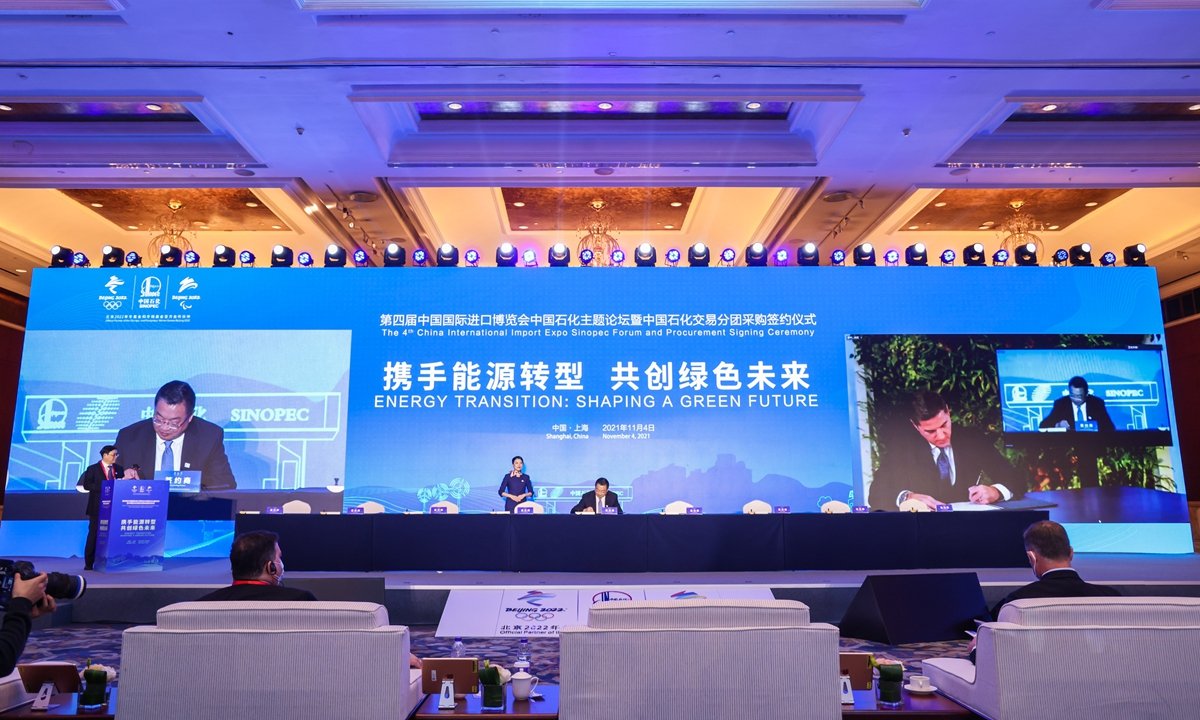On a sweltering June morning, the new international terminal at the airport in Pokhara, Nepal’s second-biggest city, roared to life with the arrival of a Sichuan Airlines flight from China.
A water cannon showered the plane, an Airbus A319, the first international flight to land at the airport since it had opened six months earlier. A throng of people gathered in the arrival area to greet the passengers, wishing them a “hearty welcome” to “the Land of Everest” with their signs.
These maiden arrivals were athletes and Chinese officials who had come for a good-will dragon boat race. Their flight had been chartered and funded by Beijing. Like almost every other facet of the airport, even the first batch of international passengers had relied on China’s favor.
The celebration masked an unsettling reality: The expensive airport, built largely by Chinese companies and financed by Beijing, was a diplomatic victory for China and a windfall for its state-owned firms. For Nepal, it was already an economic albatross, saddling the country with debt to Chinese creditors for years to come.
Nepal had sought to build an international airport in Pokhara since the late 1970s, hoping that it would catapult the city into a global tourist destination. But the project had stalled for decades, mired in political turmoil, bureaucracy and money problems, until China stepped in.
The airport was part of China’s ambitions to establish its own sphere of influence as an alternative to American hegemony. To China, few developing nations offered the geopolitical allure of Nepal, its neighbor to the south with close ties to India, an emerging rival for regional dominance.
After the airport’s construction, Beijing began declaring that it had been part of the Belt and Road Initiative, President Xi Jinping’s signature infrastructure campaign, which has doled out an estimated $1 trillion in loans and grants around the world. This designation, which Nepal has quietly rejected, has thrust the airport into the middle of a diplomatic tug of war between China and India.

As dozens of countries, including Nepal, gather in Beijing this week for the 10th anniversary of the initiative, China’s overseas development projects are facing criticism for costly and poor-quality construction that leaves borrower nations awash in debt. The Pokhara airport highlights the pitfalls for countries that import China’s infrastructure-at-any-cost development model, which spins off money for Chinese firms, often at the expense of the developing country.
In Nepal, China CAMC Engineering, the construction arm of a state-owned conglomerate, Sinomach, imported building materials and earth-moving machinery from China. The airport, built to a Chinese design, is packed with security and industrial technology made in China. Chen Song, China’s ambassador to Nepal, said it “embodied the quality of Chinese engineering.”
But an investigation by The New York Times, based on interviews with six people involved in the airport’s construction and an examination of thousands of pages of documents, found that China CAMC Engineering had repeatedly dictated business terms to maximize profits and protect its interests, while dismantling Nepali oversight of its work.
This has left Nepal on the hook for an international airport, at a significantly inflated price, without the necessary passengers to repay loans to its Chinese lender.

